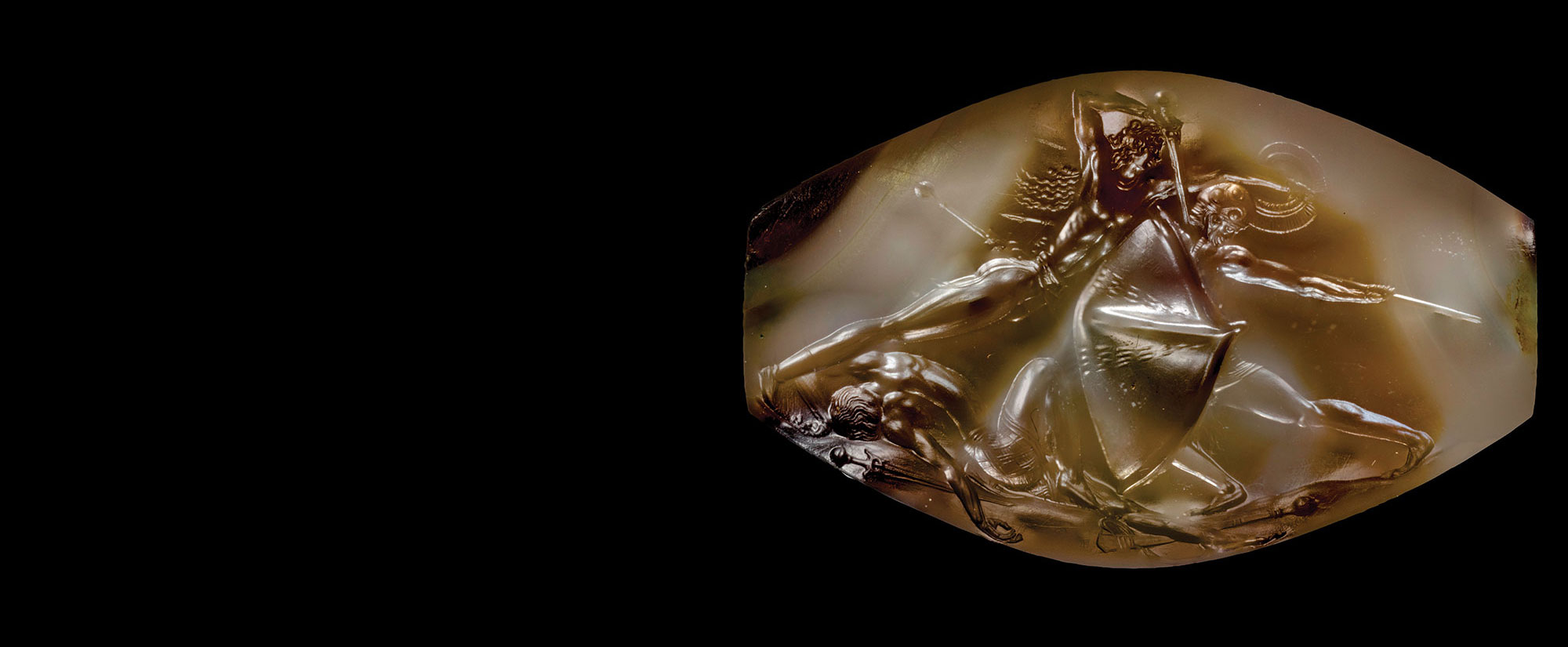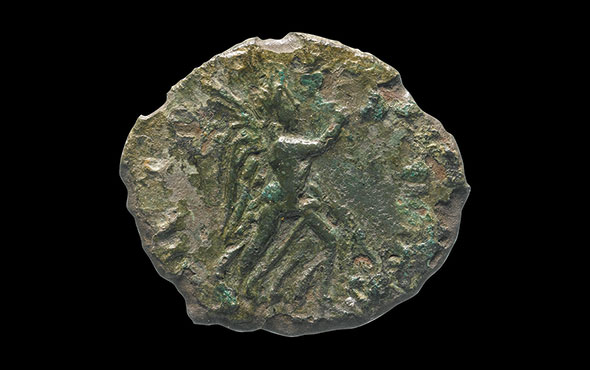
BOSTON, MASSACHUSETTS—According to a Science Magazine report, analysis of the bones of 104 Early Bronze Age farmers who were buried in family cemeteries in southern Germany some 4,000 years ago has revealed a network of family groups related through the male line. Each household was made up of a high-status man married to a high-status women who grew up elsewhere, and unrelated male and female servants who had been buried without grave goods. Research team members Alissa Mittnik of Harvard Medical School and Philipp Stockhammer of Ludwig Maximilian University and the Max Planck Institute for the Science of Human History explained that some of the high-ranking male individuals in the sample carried a variant of the Y chromosome, which is passed from fathers to sons, associated with the Neolithic Bell Beaker culture. The Y chromosome variant carried by these men is still found in Europe today. Men buried without grave goods in the family cemeteries carried a different variant of the Y chromosome. Women who had been buried with elaborate grave goods carried DNA unrelated to others buried in the cemetery. The chemical composition of their teeth and the style of some of their grave goods suggest they grew up in eastern Germany and the Czech Republic. The remains of local girls who had died before reaching adulthood, and poor unrelated women, were also identified in the cemeteries. The lack of remains of adult daughters of the wealthy suggests they moved away and married into other communities. To read about possible marriage alliances during this period, go to "Bronze Age Bride," one of ARCHAEOLOGY's Top 10 Discoveries of 2015.











